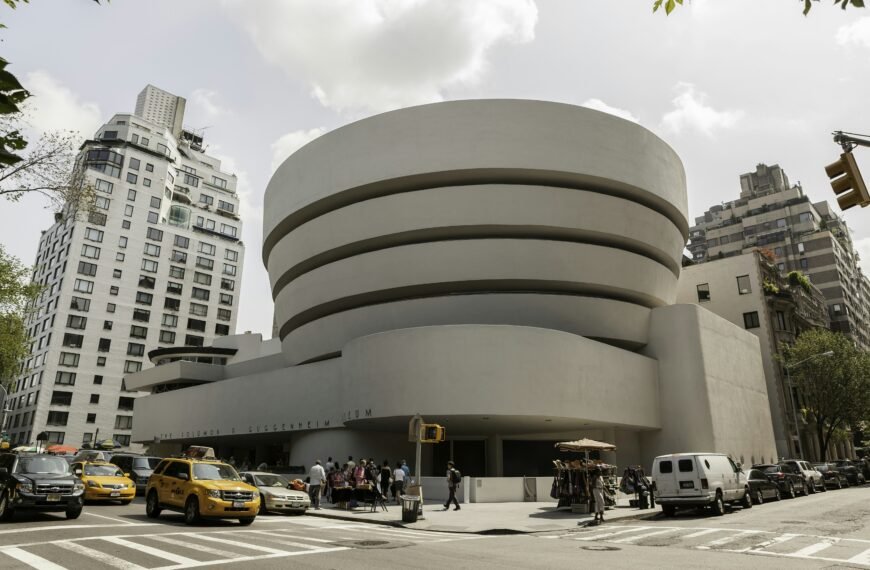Imagine experiencing a basketball game stripped of its intense energy and the deafening roar of the crowd. That is what multimedia artist Paul Pfeiffer aims to explore in his captivating videos. Currently on display at the Museum of Contemporary Art in Los Angeles, Pfeiffer’s work distills the chaotic commotion of sports footage, leaving only the central figure of the athlete. Through his art, Pfeiffer isolates the pain and contradictions that draw people into sports, eliciting reverence and contemplation. Whether it’s religious themes or the faith of the crowd, Pfeiffer’s work provokes a serious consideration of mainstream entertainment in the realm of fine art. Dive into his thought-provoking world as he challenges the boundaries of perception and meaning.

Introduction
Have you ever wondered what a sports event would be like without the noise of the crowd or the energy of the players? Well, artist Paul Pfeiffer has created videos that strip away all the commotion, leaving only the central figure of an athlete. Pfeiffer’s fascinating and thought-provoking works are currently on display at the Museum of Contemporary Art (MOCA) in Los Angeles. In this article, we will explore Pfeiffer’s background, describe his videos, and delve into the themes and ideas behind his art.
Artist’s Background
Paul Pfeiffer is a multimedia artist who has gained recognition for his unique approach to sports and entertainment in contemporary art. His work ranges from photographic prints of isolated sports stars to wood carvings of pop icons. Pfeiffer’s art can be found in collections at prestigious institutions such as the Museum of Modern Art and the Tate. Through his unconventional exploration of mainstream entertainment, Pfeiffer aims to provoke a deeper consideration of these cultural phenomena.

Description of Paul Pfeiffer’s Videos
One of the most striking aspects of Pfeiffer’s work is his videos, in which he carefully manipulates found live footage to create a new viewing experience. His videos remove all the sound and chaos of a sports event, focusing solely on the central figure of the athlete. For example, in “Fragment of a Crucifixion (After Francis Bacon),” Pfeiffer isolates the star power forward Larry Johnson from the Charlotte Hornets, capturing him in a moment of victory or agony. Similarly, in “Race Riot,” he portrays Michael Jordan being supported by helping hands after a fall, with his iconic jersey blank. By removing the background noise and action, Pfeiffer encourages viewers to engage in a more intimate and contemplative encounter with these iconic figures.
Focus on the Figure of the Athlete
By zeroing in on the figure of the athlete, Pfeiffer highlights the pain and contradiction that often lies beneath the surface of sports and entertainment. While these industries are known for their spectacle and excitement, Pfeiffer reveals the vulnerability and isolation that athletes may experience. Through his videos, he seeks to provoke a deeper understanding and empathy for these individuals who are often idolized and admired.

Absence of Sound in Pfeiffer’s Work
Pfeiffer deliberately removes the sound from his videos to create a distinct viewing experience. He explains that he is interested in exploring alternative ways to engage the viewer beyond the deafening crowd noises commonly associated with sports events. By eliminating sound, Pfeiffer invites the viewer to focus on the visual aspects of the videos, allowing for a more introspective and personal encounter with the artwork.
Display of Pfeiffer’s Works at MOCA
Pfeiffer’s thought-provoking videos are currently on display at MOCA in Los Angeles. The exhibition, titled “Prologue to the Story of the Birth of Freedom,” features his works “Fragment of a Crucifixion (After Francis Bacon)” and “Race Riot.” These videos are displayed on small screens, evoking a sense of intimacy and personal engagement. By presenting the videos in this way, Pfeiffer invites viewers to reflect on the individual experiences of athletes and the broader themes of pain, contradiction, and faith.
Reverence for Sports in Contemporary Art
Pfeiffer’s unique approach to sports in contemporary art demonstrates his reverence for the subject matter. By isolating and distilling the essence of sports events, he reveals the deeper emotions and complexities that lie beneath the surface. Through his work, Pfeiffer challenges the notion that sports and entertainment should be dismissed as mere frivolities, encouraging viewers to consider their cultural significance and the profound impact they can have on individuals and society as a whole.
Exploration of Pain and Contradiction
One of the central themes in Pfeiffer’s work is the exploration of pain and contradiction. Through his videos, he captures the moments of victory and defeat, joy and sorrow experienced by athletes. By removing the surrounding context, Pfeiffer emphasizes the raw emotions and vulnerability that can be found in the world of sports. His art serves as a reminder that even in moments of triumph, there can be underlying struggles and complexities that are often overlooked.
Provocation to Consider Mainstream Entertainment
Pfeiffer’s art serves as a provocation to consider the relationship between fine art and mainstream entertainment. By incorporating elements of sports, religion, and pop culture into his work, he challenges traditional notions of what is considered “high art.” Pfeiffer encourages viewers to question the boundaries and hierarchies that exist within the art world, and to critically examine the cultural phenomena that shape our society.
Importance of the Faith of the Crowd
Lastly, Pfeiffer emphasizes the importance of the faith of the crowd in both sports and religion. He highlights the ways in which broadcast media and mass events shape and influence public perception. Pfeiffer suggests that these arenas serve as testing grounds for different forms of messaging and communication, with the aim of reaching the crowd most effectively. By focusing on the relationship between the individual athlete and the collective crowd, Pfeiffer underscores the significance of faith in both its religious and secular forms.
In conclusion, Paul Pfeiffer’s videos provide a unique and introspective look at the world of sports and entertainment. Through his deliberate manipulation of found footage and his focus on the figure of the athlete, Pfeiffer challenges viewers to reconsider their preconceived notions of these cultural phenomena. His work provokes contemplation and empathy, urging us to delve deeper into the complexities and contradictions that exist within sports, religion, and mainstream entertainment. Through his art, Pfeiffer encourages us to reflect on the power of the crowd and the faith that is placed in these larger-than-life spectacles. In doing so, he invites us to critically examine the role these phenomena play in shaping our society and our understanding of ourselves.







